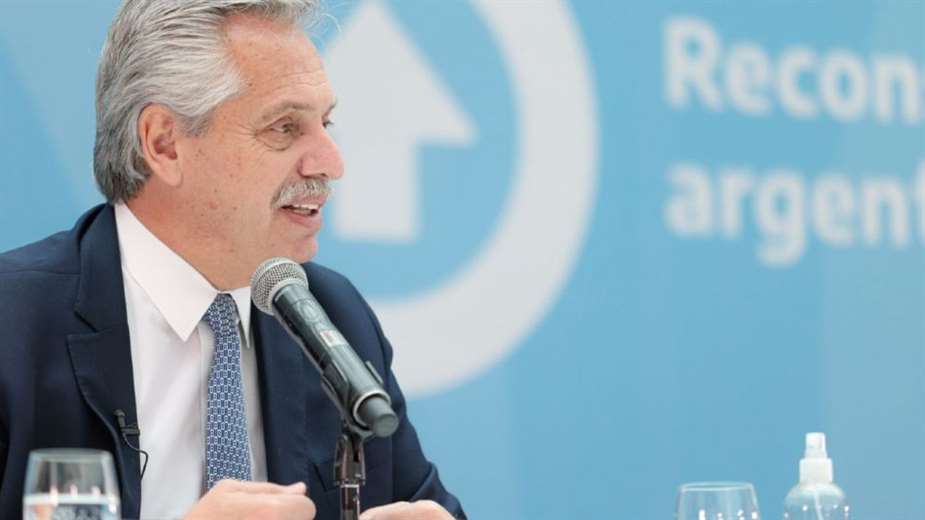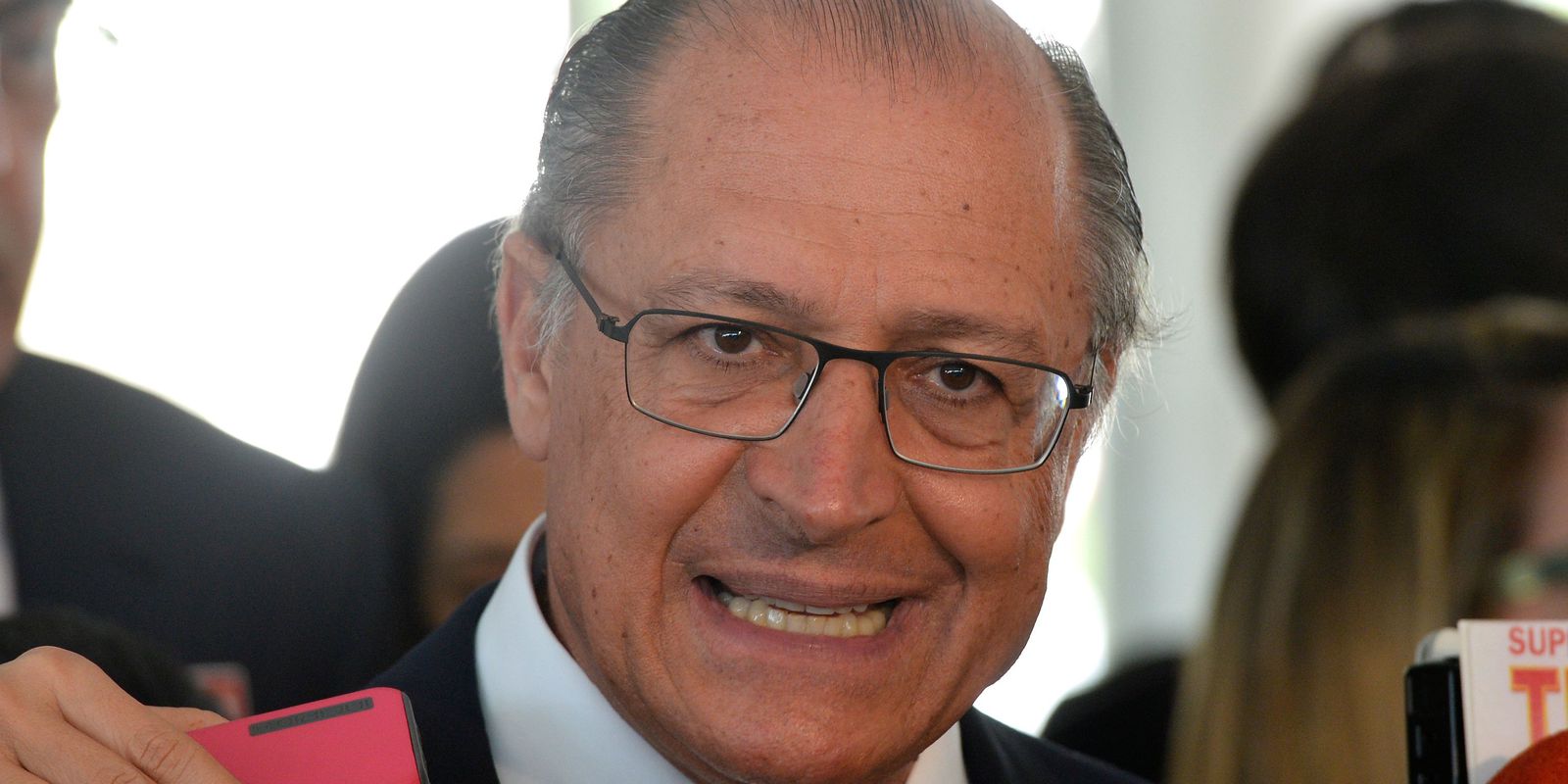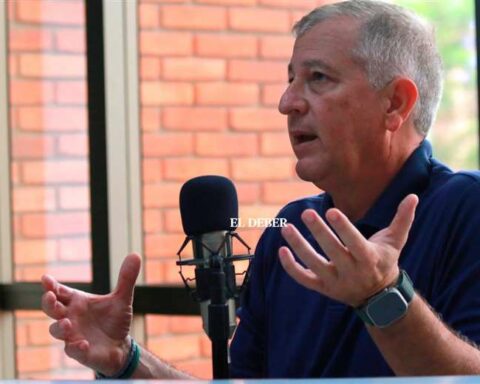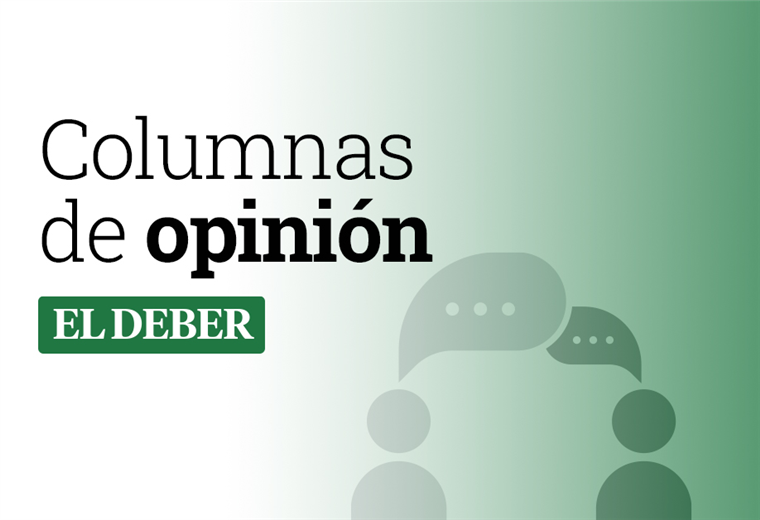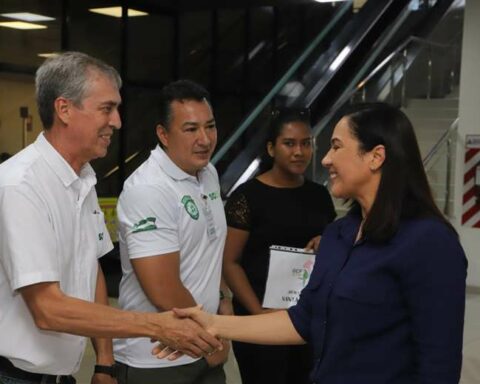Argentina registered an inflation of 6.7% in March and consumer prices accumulated an increase of 16.1% in the first quarter of 2022, in the midst of growing social unrest, with demonstrations demanding more government aid.
Annualized inflation reached 55.1% in March, one of the highest in the world, according to the state Statistics Institute on Wednesday.
The food item had an increase of 7.2% in the month of March. There were also strong increases in education (23.6%), clothing and footwear (10.9%) and housing, water, electricity and gas (7.7%).
This same Wednesday, thousands of protesters marched to the government house to claim the president Alberto Fernández jobs and greater assistance from the State.
“I see things very badly, the economy is getting out of hand for this government,” said Mario Almada, a 60-year-old bricklayer whose biggest concern is that “the money is not enough to buy food.”
The disruption of war
The inflationary jump had been anticipated by the Minister of the Economy, Martín Guzmán, who this week indicated that the figure would be above 6% per month.
The minister stressed that “the world is experiencing the worst inflationary process in decades. What is happening with the war (in Ukraine) is a very strong disruption in the entire production chain.”
But at the same time, he maintained that he needs more political support for his economic plans to take effect, at a time when the ruling coalition is divided by the agreement signed a few weeks ago with the International Monetary Fund.
“Inflation is attacked with macroeconomic policy, and two issues are needed here: one is an economic program. That already exists today. But, on the other hand, political support is needed, because the economy does not work in a vacuum. If the politics is messy, it’s much more difficult to achieve anything,” Guzmán said in a television interview
Argentina agreed with the IMF on a credit program of facilities extended by 44,000 million dollars that contemplates a significant reduction in the fiscal deficit, from 3% of GDP in 2021 to 0.9% in 2024, and projected inflation between 38% and 48% for this year.
That agreement was approved by the Argentine parliament, although a sector of the ruling Frente de Todos coalition close to Vice President Cristina Kirchner voted against it.
The economist Víctor Beker, director of the Center for the Study of the New Economy of the private University of Belgrano, attributed the rise in inflation to the impact of the increases that were planned in energy and education, but also to the effect that “the increase in the prices of commodities (raw materials), due to the war in Ukraine”.
“As if this were not enough, the announcement by President Alberto Fernández about a ‘war against inflation’ was added. This generated preventive price markings, for fear of freezing them,” he added.
Seeking to offset the increases, the government this week renewed a price agreement plan for basic products, which has existed since 2013, and created a stabilization fund for the domestic price of wheat flour.
Already in February, the government had increased by 50% the aid received by some 2.4 million beneficiaries for the purchase of food, bringing it to about 6,000 pesos (50 dollars) per month per person.
Argentina experiences a reactivation of the economy with 10.3% growth in 2021 after more than two years of recession, but that figure is overshadowed by high inflation that erodes purchasing power, and by poverty that reaches 37 % of the population.

